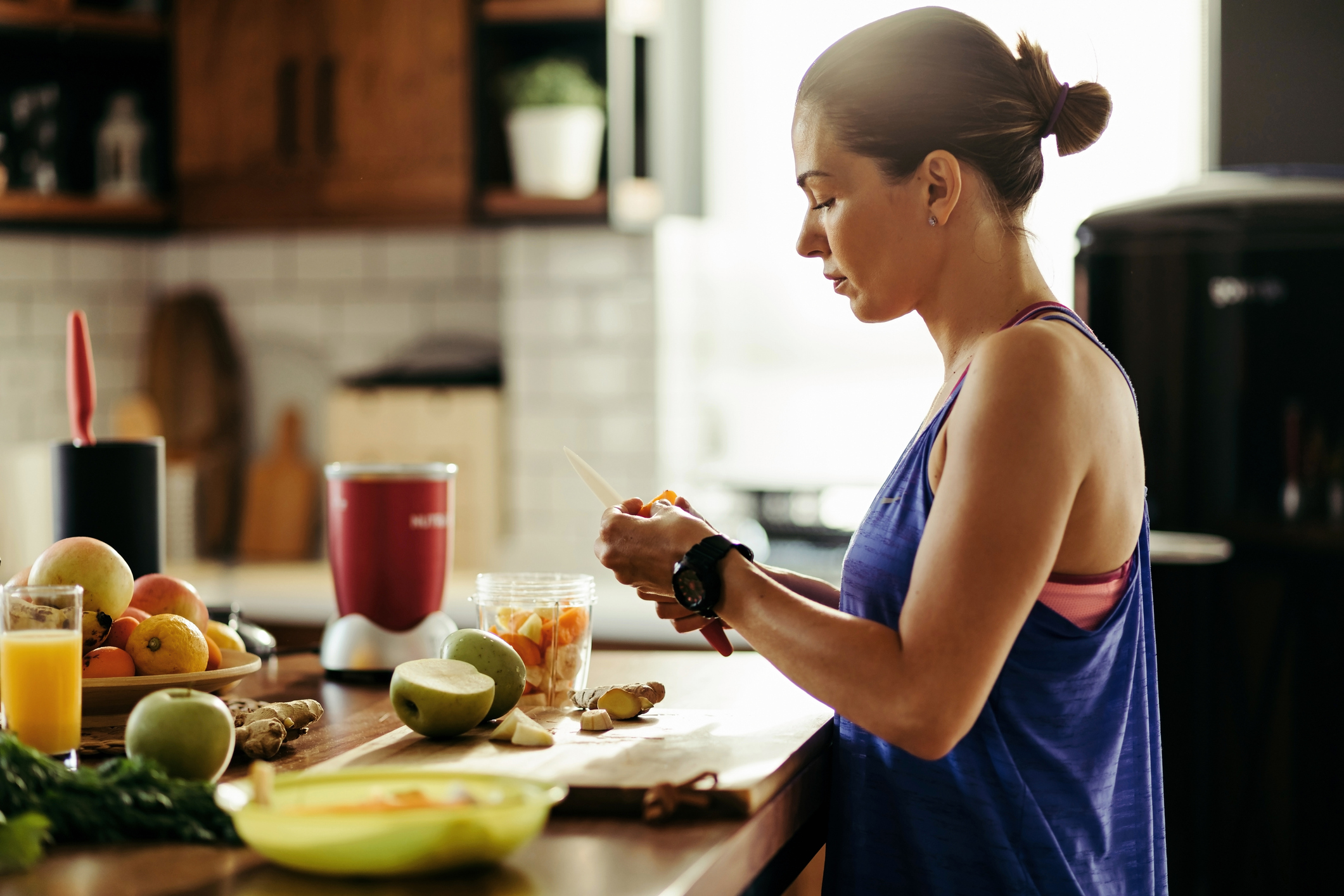Easy Diet and Lifestyle Changes to Reduce Digestive Discomfort

Feeling bloated and gassy after eating - or for seemingly no reason at all? You’re not alone. Mild digestive complaints like bloating, digestive discomfort, and gas are common across Australia – in fact, twice as many Aussies have these kinds of mild digestive troubles (30%) than have IBS (15%).
The gut is populated by a colony of bacteria called the microbiome, and everyone’s microbiome is as unique as their fingerprint. The microbiome releases gas as a byproduct as it digests and ferments foods, as a natural way of breaking down nutrients for your body’s use. That’s normal! But imbalances in the microbiome can lead to excessive fermentation and gas, resulting in flatulence, burping, or discomfort.
If you suffer from occasional bloating and gas, we’ve got four quick tips that can help you settle your gut and end digestive trouble before it begins:
Rebalance your microbiome with probiotics from food and supplements
The microbiome consists of trillions – yes, trillions – of microorganisms like bacteria, yeasts, and fungi. When the microbiome is in balance, those microbes work with the body to maintain health. But poor diet, illnesses, medications and stress can tip your microbiome out of balance. One way of tipping the balance is to consume more probiotics in foods and supplements, to shift your microbiome back to a symbiotic baseline.
A probiotic is a food or pill that contains beneficial microbes that can increase the amount of “good” bacteria in your gut. Microbes gotta eat, and the more “good” bacteria you have, the less food there is for the “bad” over-fermenting bacteria.
Taking a probiotic supplement that contains the beneficial bacteria Lactobacillus plantarum 299v has been shown to reduce bloating within two weeks, and to reduce abdominal pain and gas!1 Fermented foods like kefir, pickled vegetables, kombucha, and miso all contain a range of live beneficial microbiota and may also help to rebalance the gut.5
Support your microbiome with the right fibre
Beneficial bacteria thrive on a high-fibre diet. Feed those good microbes, and keep your gut happy. But not all fibre is created equal! Some high fibre foods can actually make gas and bloating symptoms worse because the body has to work too hard to break them down. Beans are one of those foods – they contain oligosaccharides, a hard-to-digest sugar. Go for beans that are easier to digest, like adzuki or mung beans.
Gluten can cause bloating and digestive discomfort in people with coeliac disease or gluten sensitivity. Common foods like whole wheat, barley, rye bread, and oats contain gluten, so try quinoa, teff, or amaranth instead.
Fructans are a type of soluble fibre that are found in onions, leeks and garlic. They’re hard to digest and can cause bloating, gas, and digestive discomfort in some people. When cooking, you can get a similar, bloat-free flavour with celery, fennel, chives, and basil.
NOTE: Ease into dietary changes! A sudden influx of high fibre food can increase gas and bloating. Your microbiome is like a weightlifter – you need to add high fibre incrementally so it can build up the strength of the good bacteria.5
Slow it down…
The less work your gut has to do, the less gas it will produce. If food is well-digested, it’s easier to pass through the intestines and will spend less time being fermented and creating gas. Help your gut help you by eating slowly, chewing your food thoroughly, and reducing your overall stress.4 Mindful eating is an excellent way to practice slowing down your meals in our always-on culture, and it might even help you enjoy your food more. Mindful eating can be just one portion of a larger plan to reduce stress with activities like yoga and meditation.
…And then speed it up!
Moving your body physically moves the gas, strengthens and tones your digestive muscles, and reduces stress. A small study found that physical activity increased gas clearance and reduced symptoms of bloating.2 It’s more difficult for the body to move gas when lying down, so upright exercise is more beneficial for gas and bloating.3
References:
1Ducrotté, P., Sawant, P., & Jayanthi, V. (2012). Clinical trial: Lactobacillus plantarum 299v (DSM 9843) improves symptoms of irritable bowel syndrome. World journal of gastroenterology, 18(30), 4012–4018. doi:10.3748/wjg.v18.i30.4012
2Villoria A1, Serra J, Azpiroz F, Malagelada JR. (2006) Physical activity and intestinal gas clearance in patients with bloating. Am J Gastroenterol. 101(11):2552-7. https://www.ncbi.nlm.nih.gov/pubmed/17029608/
3Dainese, R., Serra, J., Azpiroz, F., & Malagelada, J. R. (2003). Influence of body posture on intestinal transit of gas. Gut, 52(7), 971–974. doi:10.1136/gut.52.7.971 https://www.ncbi.nlm.nih.gov/pmc/articles/PMC1773697/
4Wilkinson, J. M., et al. (2019) Gas, bloating, and belching: Approach to Evaluation and Management. American Family Physician, 99:5. https://www.aafp.org/afp/2019/0301/p301.html
5Harvard School of Public Health (2019) The Microbiome. https://www.hsph.harvard.edu/nutritionsource/microbiome/#diet-microbiota
